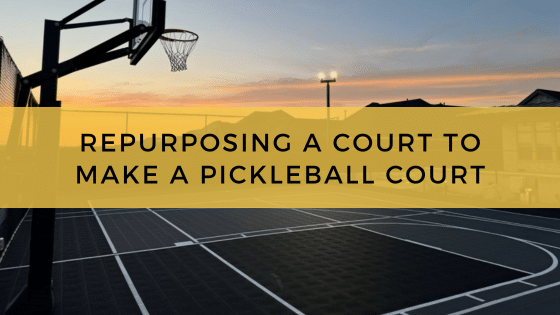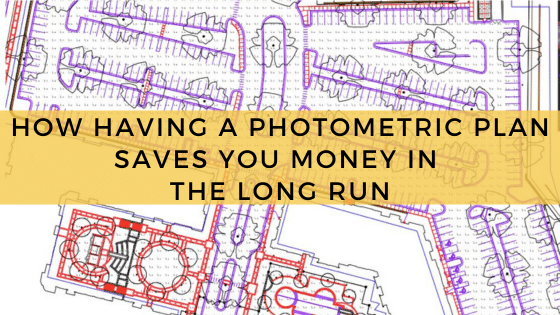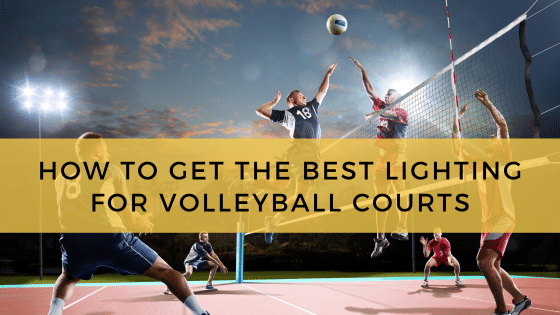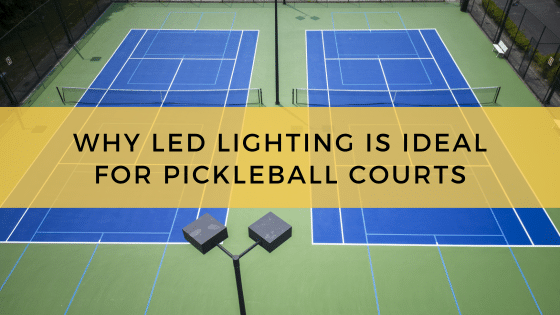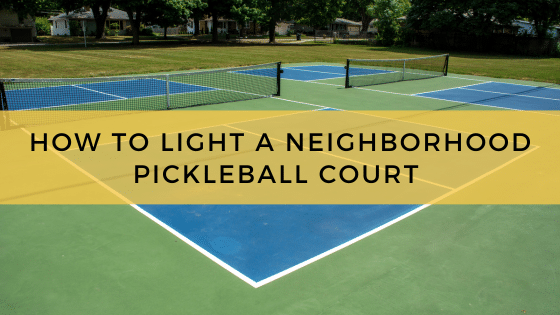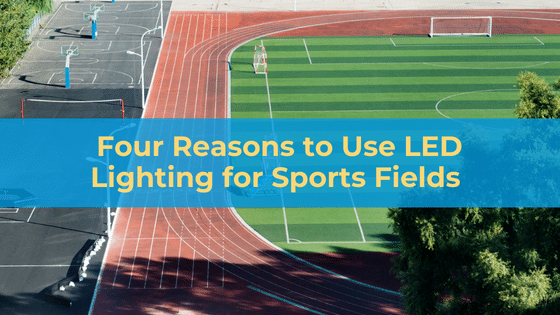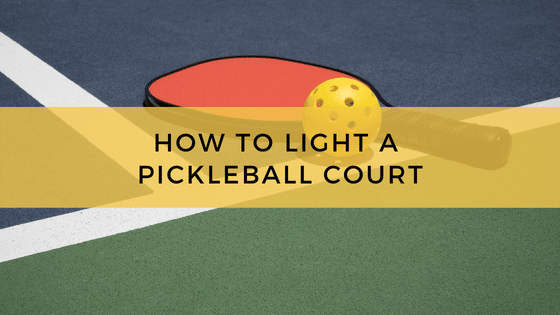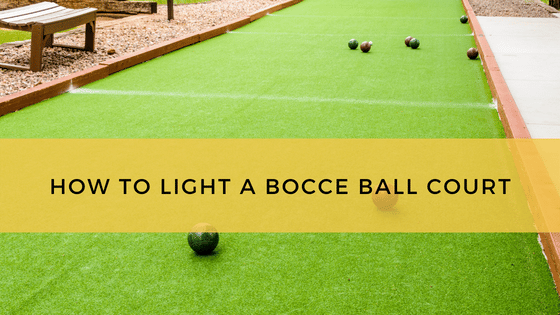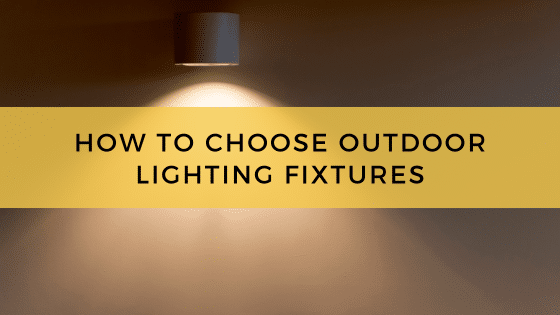
There are almost as many outdoor lighting fixtures as there are outdoor lighting projects. Whether used for safety, security, efficiency or aesthetic reasons, exterior lighting fixtures are available in many forms, including the following:
- Parking lot and street lighting
- Sports arena and sports court lighting
- Wall packs and other security lighting options
- Landscaping lighting
- Sign lighting fixtures, like gooseneck lights
These are only a small portion of the exterior lighting applications that an expert lighting company can assist with. The impressive versatility and performance that LED lighting technology offers means that a lighting expert can source LEDs for any outdoor lighting project.
The challenge is choosing the right outdoor lighting fixtures for your project, as there are many to pick from. Read on to learn how to identify the best LED lights for your exterior lighting project.
A Practical Guide for Choosing the Right Outdoor Lighting Fixtures
Whether you are installing new fixtures for safety, security or productivity reasons, the goal is to choose a set of exterior lights that offer the best combination of performance, reliability and cost effectiveness. Which lighting fixtures fit the job? That will depend on your application. Here are some examples:
- Parking lot and street lighting fixtures – If you are setting up a new set of parking lot lights, LEDs are now the industry standard. LED parking lot fixtures are less expensive to operate and maintain than all other lighting technologies. They also outperform metal halides and high-pressure sodium fixtures in both lighting quality and consistency. LEDs render colors better, distribute illumination more evenly, start up much faster and are easier to control with dimmers, occupancy sensors and other advanced control options.
When choosing LED parking lot fixtures, the primary consideration is light distribution. How will the light be shaped and sized to fit your property? LED parking lot fixtures are available in several distribution patterns. Some throw light forward and some distribute light around and near the pole.
Experienced lighting companies utilize specialized software known as photometric technology to visualize outdoor lighting projects before installing fixtures. Lighting designers use photometric analysis to plug in lamp and fixture data, and use it to position those fixtures in a software-generated model of your property. This process identifies the ideal fixtures, lighting poles and fixture positioning with precision. If your business is trying to choose the right outdoor lights for your parking lot, consider partnering with a lighting professional who offers photometric analysis. - Sports arena and sports court lighting fixtures – LED lighting has also taken over sports lighting applications, from small neighborhood parks to massive outdoor arenas. When choosing outdoor lighting fixtures for a sports arena or court, lighting distribution is also important, but consistency is paramount. Whether it’s a tennis court, a baseball field, a soccer pitch, a rodeo arena, or a pickleball court, it is critical that the lights produce even illumination across the entire playing area.
This is measured using a min/max ratio, which describes the difference in lighting intensity between the darkest and brightest parts of the court or arena. The smaller the number, the less difference between these endpoint values.
Some sports, like pickle ball and baseball, require tight min/max ratios to ensure safe play (think small ball moving fast). When setting up sports lighting, make sure your outdoor fixtures meet or exceed this min/max ratio for optimal lighting consistency. - Wall packs and other security lighting fixtures – LED lighting is ideal for security applications as the technology is prized for its instant-on functionality, controllability and excellent color rendering.
Wall pack fixtures are a popular security lighting option as they can be installed just about anywhere. Flood lights are another proven option for security fixtures.
The primary concern with outdoor security fixtures is controllability. The LED lights will need to light up instantly when they are needed, and lighting controls make that happen. When choosing outdoor security lights, pick LEDs that are compatible with modern lighting controls, such as occupancy sensors which can be tied to the fixtures and used to instantly switch them on as soon as movement or activity is detected.
Another important consideration is color rendering. Prioritize high-CRI LEDs when setting up security lights to ensure high quality surveillance images or video recordings. - Landscaping lighting fixtures – When choosing outdoor lighting fixtures for landscaping purposes, the shape of the fixture’s output beam matters and will have a big impact on how your landscape lighting looks.
For example, if your landscaping includes accent pieces like a fountain or sculpture, a bullet fixture will provide the spot-like pattern that is ideal for a single subject. If you are lighting trees or walls, uplights and wall washers are ideal fixture options. If you are illuminating bushes, shrubs or other large, landscaped areas, flood lights may work best. - Sign lighting fixtures – Effective sign lighting ensures your business is visible at night. LED outdoor fixtures are the choice for signage applications as they render color well and provide 5-10x the lifespan of other lighting technologies.
When choosing exterior LEDs for signage, reliability is essential. Choose a gooseneck or signage fixture that is rated for an extended lifespan, and one that is IP-rated for your application environment.
IP (ingress protection) ratings specify the fixture’s ability to withstand exposure to dust, dirt and water. The IP rating is expressed as a two-digit number, with the first number (from 0-6) describing its protection against solids (dust) and the second (from 0-9) describing its protection against water intrusion. Aim for signage fixtures with at least a listed IP65 or IP66 rating to ensure they will handle the elements without incident.
There is a Lot to Consider When Choosing Outdoor Lighting Fixtures
Durability, reliability, performance, controllability and appearance are all critical considerations when choosing exterior lights. How these factors are weighed and applied will depend on your outdoor application, and this can make the decision difficult.
If the selection process feels overwhelming, an experienced lighting company can provide an optimal lighting solution for your property and application.

